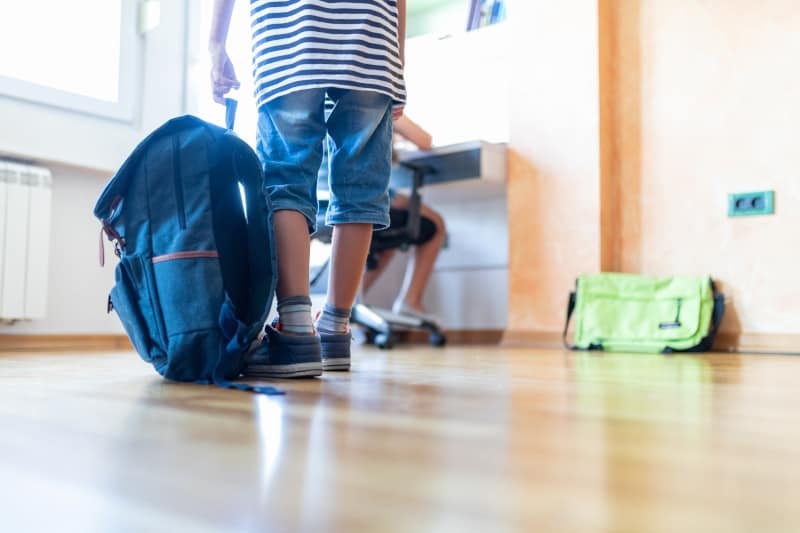Heavy school bags: The hidden burden
Books, lunch boxes, gym clothes and more – after a while things start to add up, causing many adolescents worldwide to suffer from neck and back problems due to carrying overly heavy school bags. New research from India deepens our understanding of the relationship between heavy bags, body posture and pain.
By Shivani Mandrekar
The future of any nation lies in the hands of their youth, who grow up to form the global workforce and become major contributors to the economy. As most people would probably agree, the protection and promotion of their health should be a priority. Yet, it seems that adolescents carry more on their shoulders than just your typical teenage problems.
Self-report surveys have already confirmed the link between back pain and school bags. Even a school bag weighing just 10% of an adolescent’s body weight brings about hazardous changes to their posture and predisposes them to musculoskeletal problems including neck and back pain. Research has shown that these problems can persist into adulthood.
A group of researchers from Sancheti College of Physiotherapy, in Pune, India, set out to study the exact changes that occur in the muscles and joints of adolescent students. To do so, they assessed four different postural angles in seven different situations in both male and female participants. The different situations were related to typical daily activities that students encounter whilst wearing a school bag.

The study results, recently published in the International Journal of Adolescent Medicine and Health, demonstrated that the weight and position of the school bag, as well as carrying time and simultaneous dynamic activities, had significant effects on both neck and shoulder posture.
How does this lead to pain?
According to the researchers, changes in posture caused by a school bag lead to changes in the relationships between adjacent bones. As a result, the muscles on one side of a joint are shortened and become tight, while the muscles on the other side are stretched and become weak. This causes an imbalance in the joint because there is more pull on one side than on the other, which leads to pain.
The researchers conclude that by understanding the muscles involved and developing ways to target them specifically, these disorders can be treated more efficiently. Because if adolescents are too tired after carrying the weight of their bags on their shoulders, how will they carry the weight of the world?
Read the original article here: